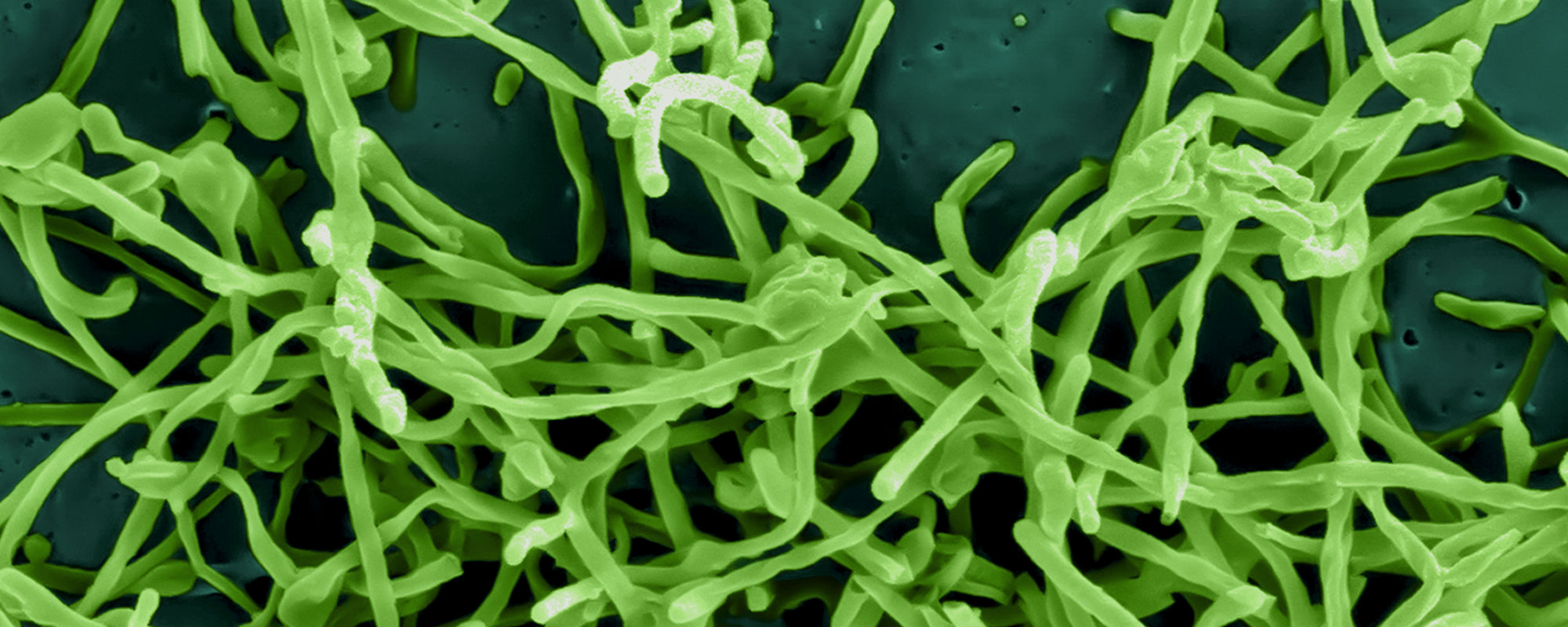By Janet Marroquin
One of the many advantages of being a student in the Schar School of Policy and Government at GMU is having the unique opportunity to go on a field trip to the Biological Technologies Office (BTO) of the Defense Advanced Research Projects Agency (DARPA)! Dr. Andrew Kilianski graciously arranged a visit to the facility, located less than a mile away from Founder’s Hall, for a portfolio briefing to provide insight to real-world application of the themes explored in his Biosurveillance class (BIOD 751 for those of you interested).
Team members supporting Col. Matthew Hepburn, one of the nine program managers at the BTO, briefed in great detail about the mission at DARPA, project selection and development, and the role that Scientific, Engineering, and Technical Assistance (SETA) team members play in the day-to-day operations of the Col. Hepburn’s BTO portfolio..
The mission at DARPA is consequential to its name: “creating breakthrough technologies and capabilities for national security.” Within the BTO, Program Managers strive to develop cutting-edge biotechonologies that are 10-15 years into the future and can provide innovative support to the military and civilians alike. These projects range from surveillance tools to diagnostics and therapeutics, using futuristic mechanisms such as a dialysis-like purification of pathogen-infected blood or unobtrusive nanoplatforms that continuously monitor the physiological state of the patient for the detection of infectious disease. For the Program Managers, the challenge is not envisioning the innovative biotechnology but rather the pre-emptively assessment of risk for these projects, which is particularly a problem for biologics. With increased innovation may come increased risk, hence the highly selective process in hiring each Program Manager and the assembly of their skilled teams.
Another challenge that comes to mind in thinking about cutting-edge biotechnology is addressing the dual-use dilemma. While BTO projects do not involve working with select agents or particular pathogens, the security implications of manipulating in vivo nanoplatforms or other platform technologies for nefarious purposes should be considered. Rapidly advancing technology demands a strong security policy that is prepared to address dual-use research intentionally being developed ahead of its time. Just as health risks are effectively evaluated by a highly skilled team of scientists, so should security risks be managed by a skilled team of biodefense experts.
As a biodefense student, it was exciting to witness the wonders at the BTO and to get a glimpse of the future in biotechnology. For those unable to visit DARPA in the near future, all of Col. Hepburn’s projects are open-source and descriptions are available on the BTO website. As I previously stated, the Schar School is full of unique opportunities to GMU students and to faculty alike, so as such, we should take full advantage!

2 thoughts on “GMU Biodefense Visits DARPA”